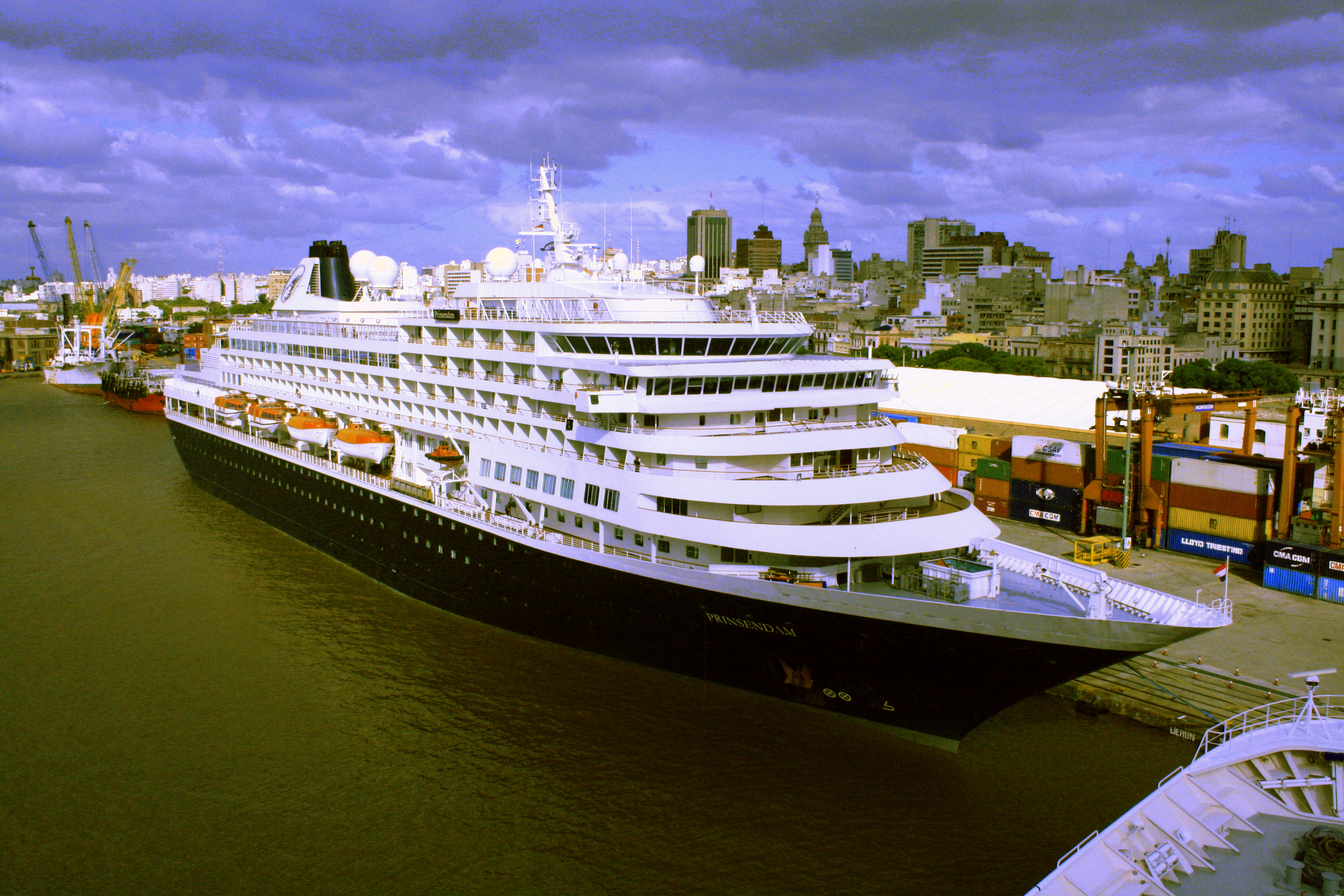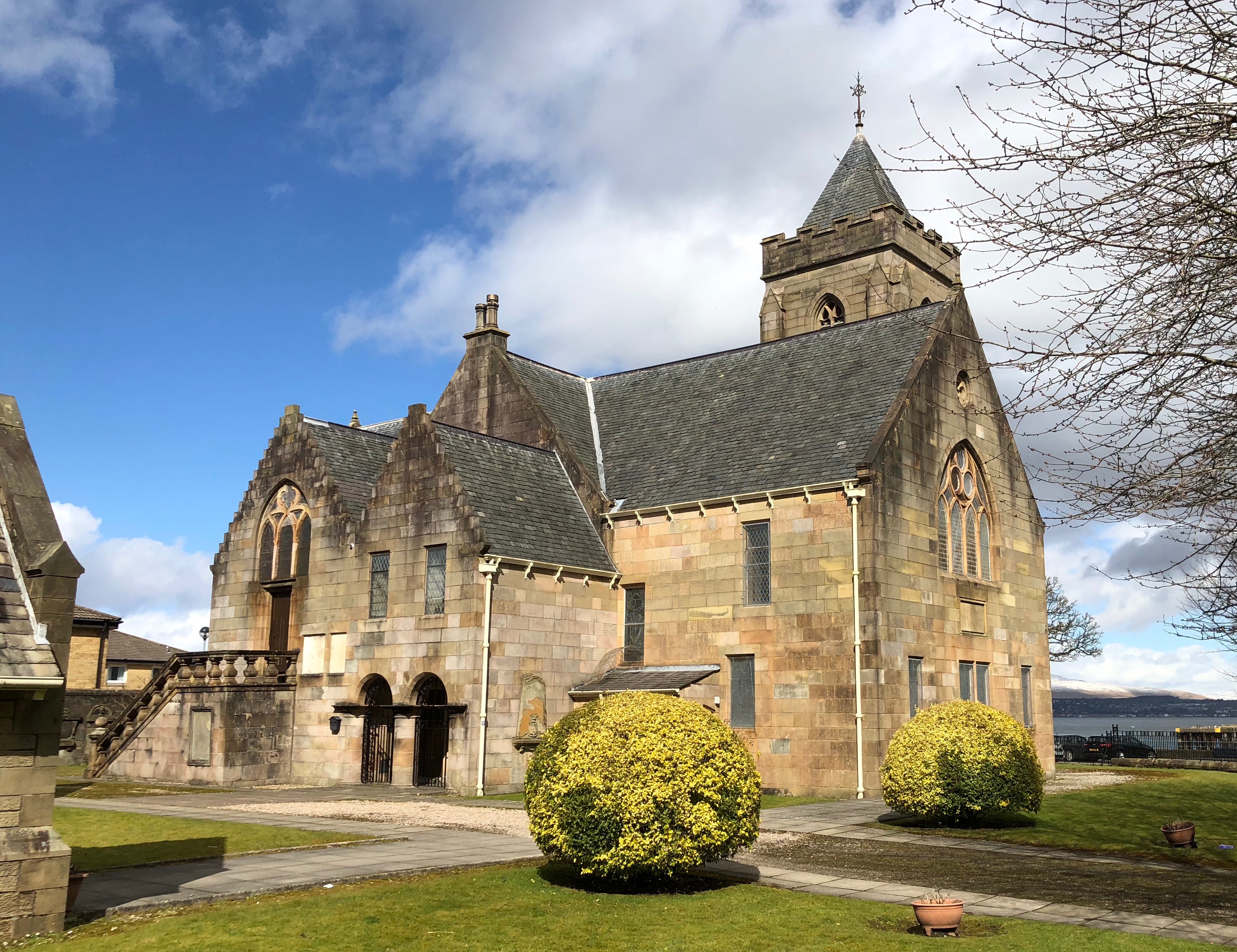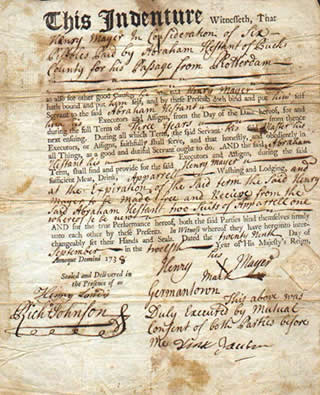|
Jumna (ship)
Jumna was a iron-hulled full-rigged ship that was built in England in 1867 and went missing in the Atlantic Ocean in 1899. For most of her career she was in the fleet of James Nourse. ''Jumna'' was named after the Jamuna river, a tributary of the Ganges. This was the first of three ships in the Nourse Line fleet to be called ''Jumna''. The second was a steamship that was built in 1929 and sunk by a German cruiser in 1940. The third was a motor ship that was built in 1962, renamed in 1972 and scrapped in 1985. Building and identification William Pile of Sunderland built ''Jumna'', launching her on 17 August 1867. She was long, her beam was and her depth was . ''Jumna''s UK official number was 56838 and she was registered in London. By 1884 her code letters were HTNS. Voyages ''Jumna'' carried indentured labourers from India to other British Empire territories, which was a Nourse Line speciality. Details of some of these voyages are as follows: The 310 labourers she ... [...More Info...] [...Related Items...] OR: [Wikipedia] [Google] [Baidu] |
United Kingdom Of Great Britain And Ireland
The United Kingdom of Great Britain and Ireland was the union of the Kingdom of Great Britain and the Kingdom of Ireland into one sovereign state, established by the Acts of Union 1800, Acts of Union in 1801. It continued in this form until 1927, when it evolved into the United Kingdom, United Kingdom of Great Britain and Northern Ireland, after the Irish Free State gained a degree of independence in 1922. It was commonly known as Great Britain, Britain or England. Economic history of the United Kingdom, Rapid industrialisation that began in the decades prior to the state's formation continued up until the mid-19th century. The Great Famine (Ireland), Great Irish Famine, exacerbated by government inaction in the mid-19th century, led to Societal collapse, demographic collapse in much of Ireland and increased calls for Land Acts (Ireland), Irish land reform. The 19th century was an era of Industrial Revolution, and growth of trade and finance, in which Britain largely dominate ... [...More Info...] [...Related Items...] OR: [Wikipedia] [Google] [Baidu] |
Cruiser
A cruiser is a type of warship. Modern cruisers are generally the largest ships in a fleet after aircraft carriers and amphibious assault ships, and can usually perform several operational roles from search-and-destroy to ocean escort to sea denial. The term "cruiser", which has been in use for several hundred years, has changed its meaning over time. During the Age of Sail, the term ''cruising'' referred to certain kinds of missions—independent scouting, commerce protection, or raiding—usually fulfilled by frigates or sloop-of-war, sloops-of-war, which functioned as the ''cruising warships'' of a fleet. In the middle of the 19th century, ''cruiser'' came to be a classification of the ships intended for cruising distant waters, for commerce raiding, and for scouting for the battle fleet. Cruisers came in a wide variety of sizes, from the medium-sized protected cruiser to large armored cruisers that were nearly as big (although not as powerful or as well-armored) as a pre- ... [...More Info...] [...Related Items...] OR: [Wikipedia] [Google] [Baidu] |
Port Of Montevideo
The Port of Montevideo (), in the northern part of the Old City of Montevideo, Uruguay, is one of the major ports of South America and plays a very important role in the economy of Uruguay. Notably the port includes a number of important facilities including one the countries main tourism terminals and the La Teja Refinery which processes the bulk of the countries oil. History Montevideo Bay is one of the reasons the city was founded. It gives natural protection to ships, although there are now two jetties that protect the harbour entrance of the waves. This natural port makes it competitive with the Río de la Plata's other great South American port—the Port of Buenos Aires. The main engineering changes occurred between the years 1870 and 1930. During this period, built the first wooden pier, several deposits in La Aguada, north and south Rambla, a river port, a new pier, the river basin, and the La Teja Refinery. A major storm in 1923 meant that many engineering works i ... [...More Info...] [...Related Items...] OR: [Wikipedia] [Google] [Baidu] |
Greenock
Greenock (; ; , ) is a town in Inverclyde, Scotland, located in the west central Lowlands of Scotland. The town is the administrative centre of Inverclyde Council. It is a former burgh within the historic county of Renfrewshire, and forms part of a contiguous urban area with Gourock to the west and Port Glasgow to the east. The 2011 UK Census showed that Greenock had a population of 44,248, a decrease from the 46,861 recorded in the 2001 UK Census. It lies on the south bank of the Clyde at the " Tail of the Bank" where the River Clyde deepens into the Firth of Clyde. History Name Place-name scholar William J. Watson wrote that "Greenock is well known in Gaelic as , dative of , 'a sunny knoll. The Scottish Gaelic place-name is relatively common, with another Greenock near Callander in Menteith (formerly in Perthshire) and yet another at Muirkirk in Kyle, now in East Ayrshire. R. M. Smith in (1921) described the alternative derivation from Common Brittonic *, ... [...More Info...] [...Related Items...] OR: [Wikipedia] [Google] [Baidu] |
Saint Lucia
Saint Lucia is an island country of the West Indies in the eastern Caribbean. Part of the Windward Islands of the Lesser Antilles, it is located north/northeast of the island of Saint Vincent (Saint Vincent and the Grenadines), Saint Vincent, northwest of Barbados and south of Martinique. It covers a land area of with an estimated population of over 180,000 people as of 2018. The nation's capital and largest city is Castries. The first proven inhabitants of the island, the Arawaks, are believed to have been the first to settle on the island in 200–400 AD. In 800 AD, the island was taken over by the Kalinago. The French people, French were the first European colonization of the Americas, European colonists to settle on the island, and they signed a treaty with the native Caribs in 1660. The English people, English took control of the island in 1663. In ensuing years, Kingdom of England, England and Kingdom of France, France fought 14 times for control of the island; conseq ... [...More Info...] [...Related Items...] OR: [Wikipedia] [Google] [Baidu] |
Jamaica
Jamaica is an island country in the Caribbean Sea and the West Indies. At , it is the third-largest island—after Cuba and Hispaniola—of the Greater Antilles and the Caribbean. Jamaica lies about south of Cuba, west of Hispaniola (the island containing Haiti and the Dominican Republic), and southeast of the Cayman Islands (a British Overseas Territories, British Overseas Territory). With million people, Jamaica is the third most populous English-speaking world, Anglophone country in the Americas and the fourth most populous country in the Caribbean. Kingston, Jamaica, Kingston is the country's capital and largest city. The indigenous Taíno peoples of the island gradually came under Spanish Empire, Spanish rule after the arrival of Christopher Columbus in 1494. Many of the indigenous people either were killed or died of diseases, after which the Spanish brought large numbers of Africans to Jamaica as slaves. The island remained a possession of Spain, under the name Colo ... [...More Info...] [...Related Items...] OR: [Wikipedia] [Google] [Baidu] |
Fiji
Fiji, officially the Republic of Fiji, is an island country in Melanesia, part of Oceania in the South Pacific Ocean. It lies about north-northeast of New Zealand. Fiji consists of an archipelago of more than 330 islands—of which about 110 are permanently inhabited—and more than 500 islets, amounting to a total land area of about . The most outlying island group is Ono-i-Lau. About 87% of the total population live on the two major islands, Viti Levu and Vanua Levu. About three-quarters of Fijians live on Viti Levu's coasts, either in the capital city of Suva, or in smaller urban centres such as Nadi (where tourism is the major local industry) or Lautoka (where the Sugarcane, sugar-cane industry is dominant). The interior of Viti Levu is sparsely inhabited because of its terrain. The majority of Fiji's islands were formed by Volcano, volcanic activity starting around 150 million years ago. Some geothermal activity still occurs today on the islands of Vanua Levu and ... [...More Info...] [...Related Items...] OR: [Wikipedia] [Google] [Baidu] |
Trinidad
Trinidad is the larger, more populous island of the Republic of Trinidad and Tobago, the country. The island lies off the northeastern coast of Venezuela and sits on the continental shelf of South America. It is the southernmost island in the Caribbean. With an area of , it is also the fifth-largest in the Caribbean. Name The original name for the island in the Arawakan languages was which meant "Land of the Hummingbird". Christopher Columbus renamed it ('The Island of the Trinity'), fulfilling a vow he had made before setting out on his third voyage. This has since been shortened to ''Trinidad''. Indo-Trinidadians called the island चीनीदत्त , 𑂒𑂲𑂢𑂲𑂠𑂞𑂹𑂞 , , ''Chinidat'' or ''Chinidad'' in Trinidadian Hindustani which translated to the land of sugar. The usage of the term goes back to the 19th century when recruiters from India would call the island ''Chinidat'' as a way of luring workers into indentureship. On Tuesday, 31 Jul ... [...More Info...] [...Related Items...] OR: [Wikipedia] [Google] [Baidu] |
British Empire
The British Empire comprised the dominions, Crown colony, colonies, protectorates, League of Nations mandate, mandates, and other Dependent territory, territories ruled or administered by the United Kingdom and its predecessor states. It began with the English overseas possessions, overseas possessions and trading posts established by Kingdom of England, England in the late 16th and early 17th centuries, and colonisation attempts by Kingdom of Scotland, Scotland during the 17th century. At its height in the 19th and early 20th centuries, it became the List of largest empires, largest empire in history and, for a century, was the foremost global power. By 1913, the British Empire held sway over 412 million people, of the world population at the time, and by 1920, it covered , of the Earth's total land area. As a result, Westminster system, its constitutional, Common law, legal, English language, linguistic, and Culture of the United Kingdom, cultural legacy is widespread. ... [...More Info...] [...Related Items...] OR: [Wikipedia] [Google] [Baidu] |
British Raj
The British Raj ( ; from Hindustani language, Hindustani , 'reign', 'rule' or 'government') was the colonial rule of the British The Crown, Crown on the Indian subcontinent, * * lasting from 1858 to 1947. * * It is also called Crown rule in India, * * * * or direct rule in India. * Quote: "Mill, who was himself employed by the British East India company from the age of seventeen until the British government assumed direct rule over India in 1858." * * The region under British control was commonly called India in contemporaneous usage and included areas directly administered by the United Kingdom of Great Britain and Ireland, United Kingdom, which were collectively called ''Presidencies and provinces of British India, British India'', and areas ruled by indigenous rulers, but under British British paramountcy, paramountcy, called the princely states. The region was sometimes called the Indian Empire, though not officially. As ''India'', it was a founding member of th ... [...More Info...] [...Related Items...] OR: [Wikipedia] [Google] [Baidu] |
Indentured Servitude
Indentured servitude is a form of labor in which a person is contracted to work without salary for a specific number of years. The contract called an " indenture", may be entered voluntarily for a prepaid lump sum, as payment for some good or service (e.g. travel), purported eventual compensation, or debt repayment. An indenture may also be imposed involuntarily as a judicial punishment. The practice has been compared to the similar institution of slavery, although there are differences. Historically, in an apprenticeship, an apprentice worked with no pay for a master tradesman to learn a trade. This was often for a fixed length of time, usually seven years or less. Apprenticeship was not the same as indentureship, although many apprentices were tricked into falling into debt and thus having to indenture themselves for years more to pay off such sums. Like any loan, an indenture could be sold. Most masters had to depend on middlemen or ships' masters to recruit and transport ... [...More Info...] [...Related Items...] OR: [Wikipedia] [Google] [Baidu] |
Board Of Trade
The Board of Trade is a British government body concerned with commerce and industry, currently within the Department for Business and Trade. Its full title is The Lords of the Committee of the Privy Council appointed for the consideration of all matters relating to Trade and Foreign Plantations, but is commonly known as the Board of Trade, and formerly known as the Lords of Trade and Plantations or Lords of Trade, and it has been a committee of the Privy Council of the United Kingdom. The board has gone through several evolutions, beginning with extensive involvement in colonial matters in the 17th century, to powerful regulatory functions in the Victorian Era and early 20th century. It was virtually dormant in the last third of the 20th century. In 2017, it was revitalised as an advisory board headed by the International Trade Secretary who has nominally held the title of President of the Board of Trade, and who at present is the only privy counsellor of the board, the othe ... [...More Info...] [...Related Items...] OR: [Wikipedia] [Google] [Baidu] |








